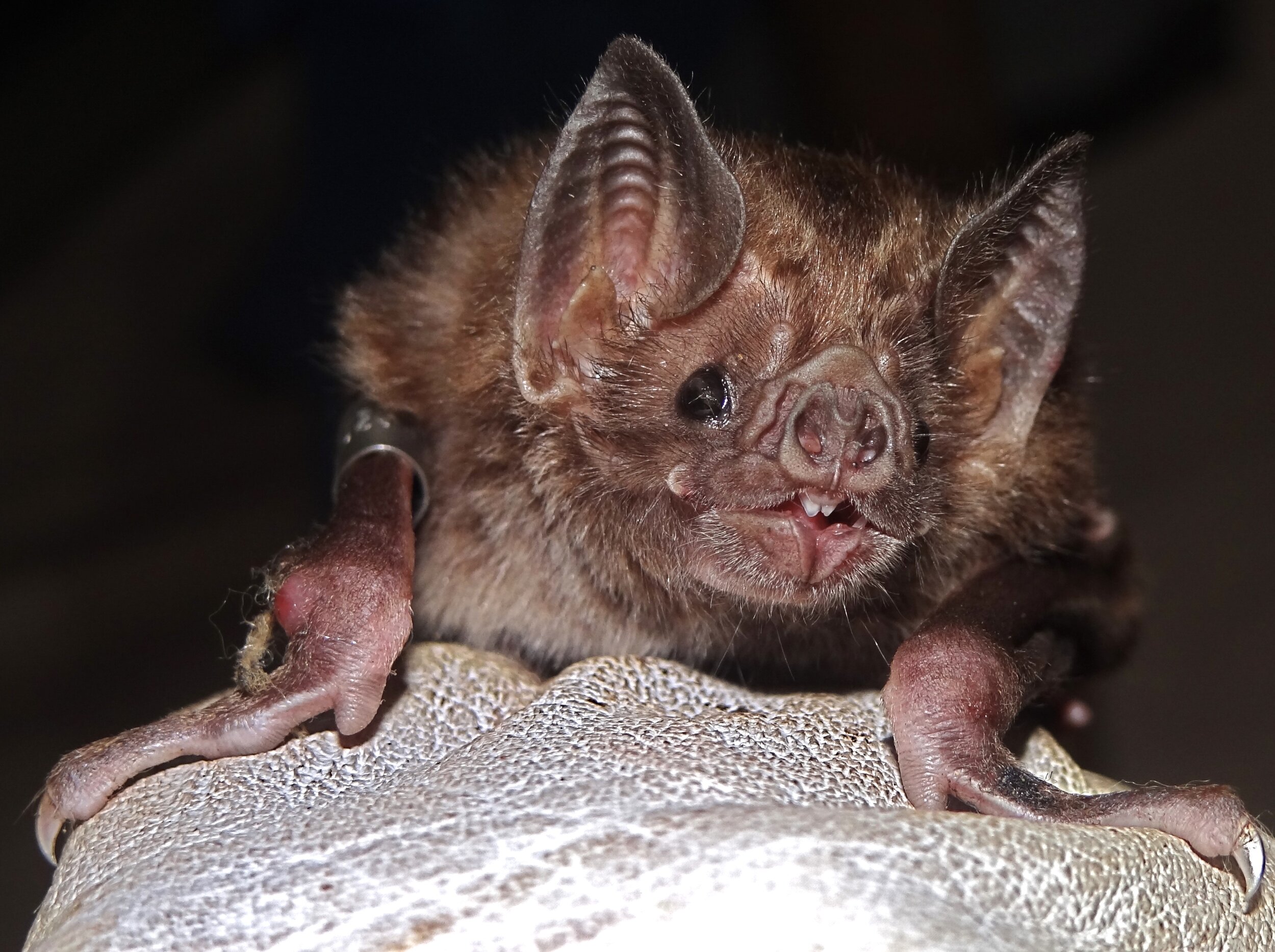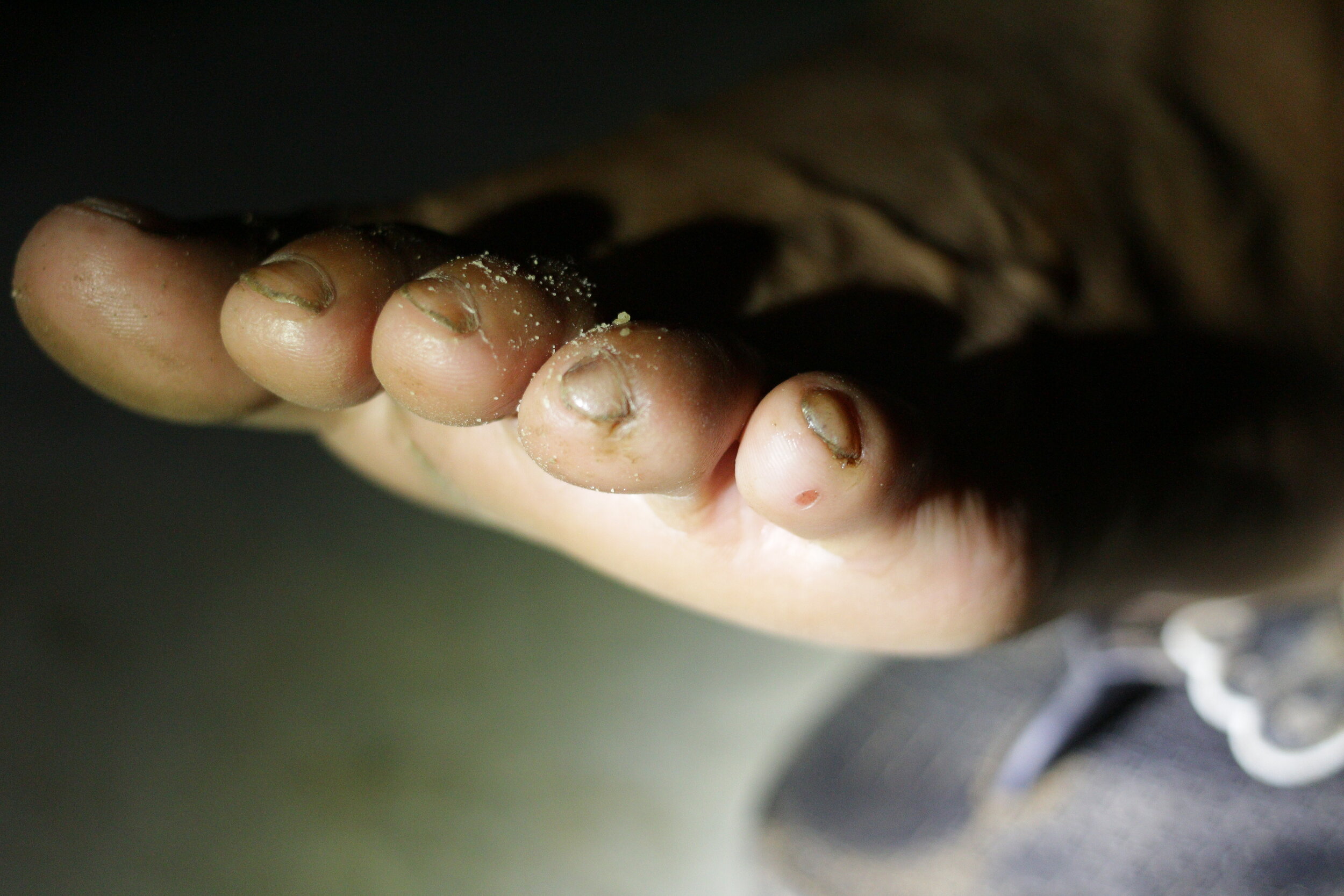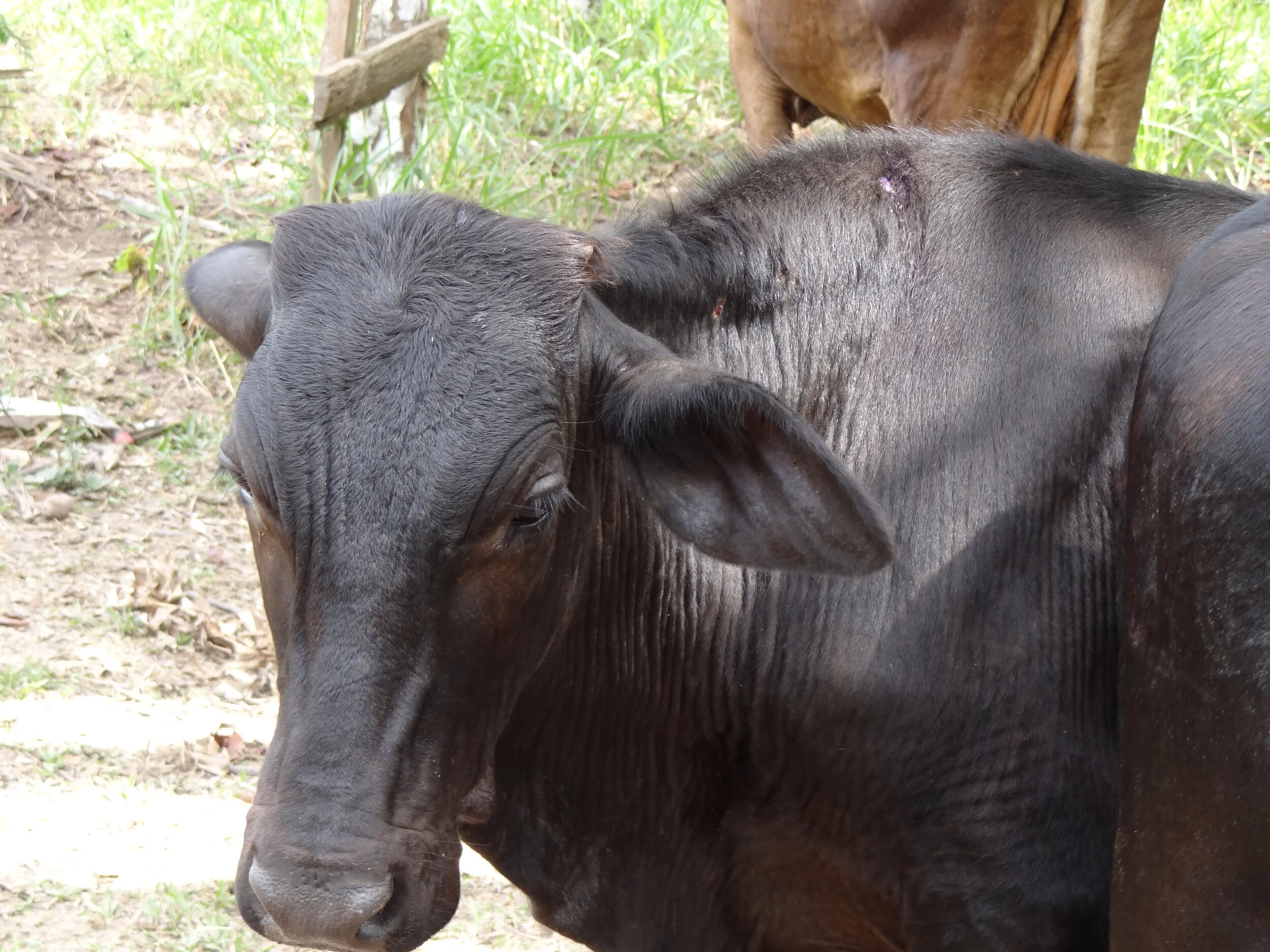Ep 5. Blood-Sucking Science: Dracula
Listen now
VELCOME to Blood-Sucking Science, where we explore the science surrounding Dracula!
How do vampire bats find prey and survive by drinking blood? Why do we love watching horror films and vampire shows? And CAN science disprove the existence of the vampires we get in legends?
We speak to vampire bat expert Dr Daniel Streicker from the University of Glasgow, and friend of the podcast Dr Brendan Rooney, to run us through the psychology of why we love horror films, and what we can even learn from them.
And of course, watch out for our Dracula vernacular - we’ll be trying to seamlessly weave in as many vampire puns or terminology.
Meet our guests
Daniel Streicker
Dr Daniel Streicker is a Wellcome Trust Senior Research Fellow at the Institute of Biodiversity, Animal Health and Comparative Medicine at the University of Glasgow. Daniel joined us to talk all things vampire bats, how they hunt in the dark and feed on their prey.
Brendan Rooney
Dr Brendan Rooney, Assistant Professor in the UCD School of Psychology and Director of the Media and Entertainment Psychology Lab at UCD, Ireland. Bren joins us once again to talk about the importance of scary stories and what we can learn from horror.
@brenrooney | @ME_LabTweets | @me_lab_ucd | MELabPosts
Blood-sucking science blogs
Episode photo gallery
Now you can look a vampire bat in the eye AND see what their bites look like when they decide to dine on humans! Thank you Daniel for these images.



Episode references (if you fancy some extra reading)
With special thanks to Dr Jennifer May, Senior Lecturer in Biomedical Science at UWE, Bristol.
Because Science (2018) Drained by vampire bats. YouTube [video]. 19 October. Available from: https://www.youtube.com/watch?v=w2EAVutCpno&t=1522s
Bogdan, A. (2018) The Magical Garlic - Vampire stories. Available from: https://ambogdan.com/garlic-magic-vampires/
Schubart, R. (2013) Monstrous Appetites and Positive Emotions in True Blood, The Vampire Diaries, and The Walking Dead. Projections, 7(1), pp.43-62.Efthimiou, C.J. and Gandhi, S. (2006). Ghosts, Vampires and Zombies: Cinema Fiction vs Physics Reality (No. physics/0608059). Available from: https://cds.cern.ch/record/977097
Hallab, M. (2015) Vampires and Medical Science. The Journal of Popular Culture, 48(1), pp.168-183.
Levy, D. S. (2019) The Undead: Vampires, ghosts and more. In: Levy, D. S. (2019) Science of the supernatural: Dare to discover the truth. Washington D.C.: National Geographic. pp.56 - 81.
McGuill, M.W. and Rowan, A.N. (1989) Biological effects of blood loss: implications for sampling volumes and techniques. ILAR Journal, 31(4), pp.5-20.
Suma, M. (2017) Why Romanians are obsessed with garlic. Available from: http://www.bbc.com/travel/story/20171026-why-romanians-are-obsessed-with-garlic


